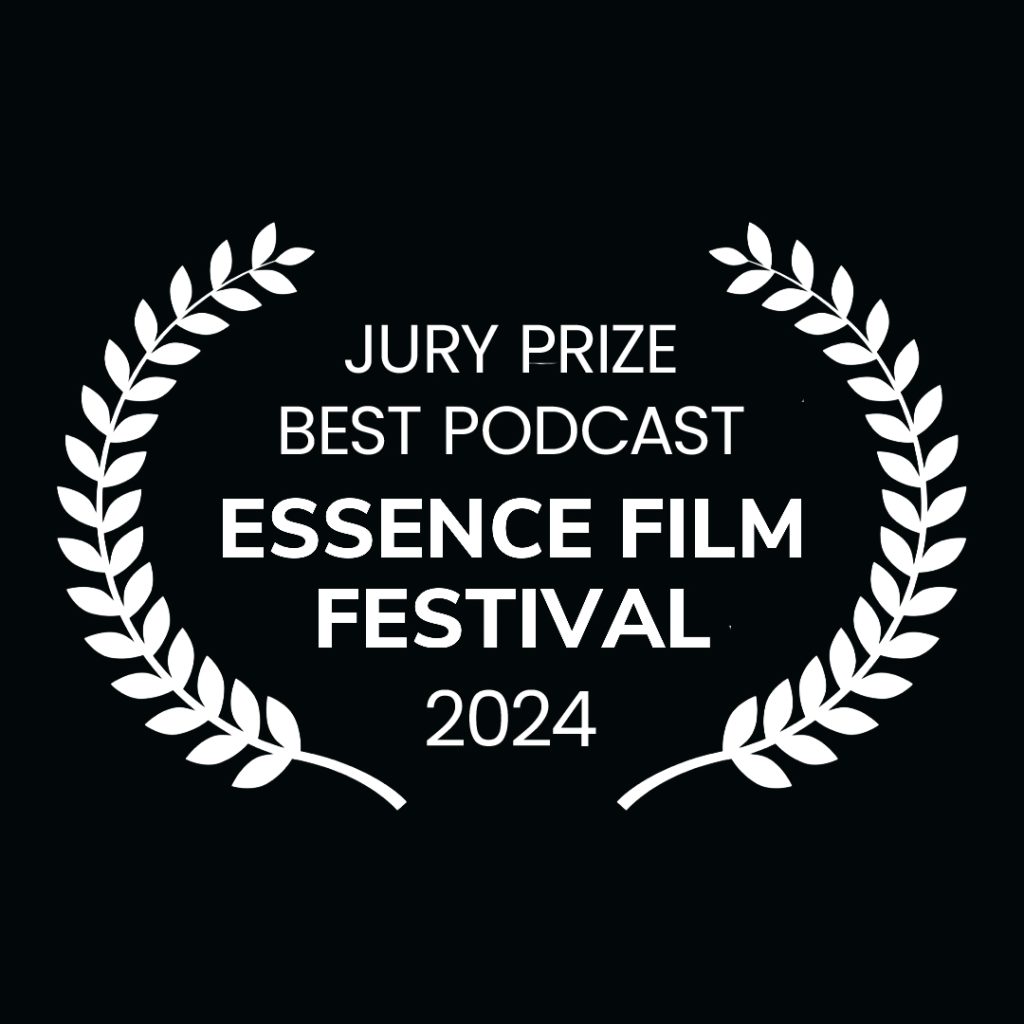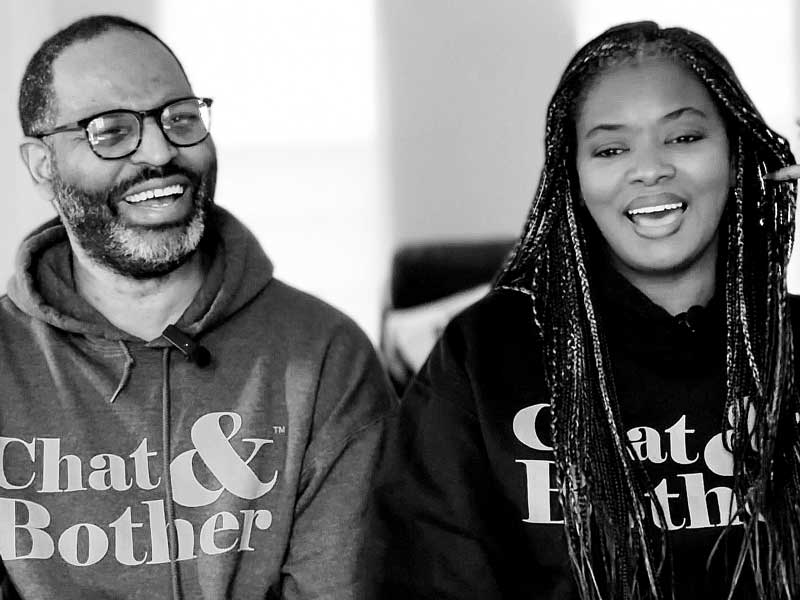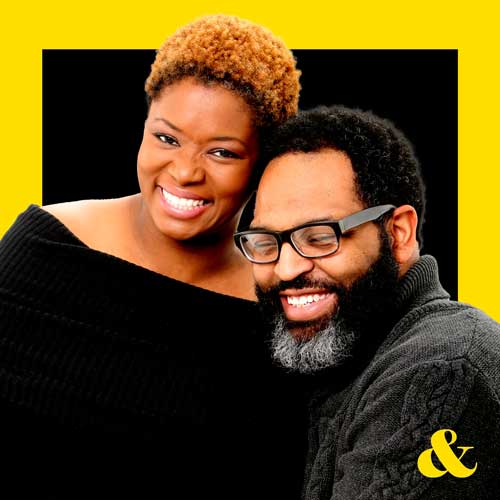2024 was craaaaaazzzzyyy!!! Not as crazy as 2020, but still tough. There’s so much to talk about from relationships to the economy to entrepreneurship – is there room for your voice among the four million active podcasts out there? YES! Podcasting is a great way to share your thoughts and ideas, create community, promote a business, or share your expertise. It is inexpensive to start, and you can be in as much control of your content as you want to be. Ready to get started with a new podcast in 2025? In this guide, I’ll break down the process into manageable steps, catering specifically to those who are new to podcasting.
What am I talking about and to whom?
What do you plan to talk about? Before you buy any equipment or start any subscriptions, clarify what your podcast is all about. What’s your niche? Who is your target audience? Are you a storyteller, master interviewer, conversation starter, empowerment guru, or commentator? If you are doing interviews, will they be in person, live online, or recorded on Streamyard or zoom? Make sure you have a clear idea of what you are going to share, with whom, and what you want those listeners to do/feel after they have listened to one of your episodes.
How will I make your podcast my own?
Decide on the format that suits your content and your lifestyle the best. We don’t have a lot of time to record during the day, and the kids have activities at night. That means that the way our lives are set up right now, having guests doesn’t make a lot of sense for our show. We have a small window to record in. We edit our podcast, so editing time has to be built into our day as well. For that to happen weekly, our shows can’t be more than 25 minutes. Think about your schedule and your personality. Do you have most of your deep thoughts and revelations when talking to yourself or do you have to have a back and forth? Are you good at talking off the cuff or will your show be scripted? Once you have determined your preferred style, you will be able to streamline your recording, editing, and publishing process.
Should I invest in equipment or a studio right away?
We use a Yeti USB microphone, and we sit at the island in our kitchen. We have recorded some episodes from the bed. You don’t need a professional studio setup, but investing in a good microphone and headphones can improve your podcast’s audio quality. USB microphones like the one we have are beginner-friendly and won’t break the bank. Don’t forget a pop filter. Those are inexpensive as well. If you want to use your phone, you can. Whole movies have been shot on an iPhone, and with every model, the recording quality improves.
Where will I store my episodes?
Choose a reliable hosting platform to store and distribute your podcast episodes. Our host is user-friendly and caters to beginners. If you don’t want to spend a lot you can get decent hosting for about $5 a month. Right now, Spotify for Podcasters is free so you can start out on there as well. They have good insights that will help you improve your podcast and define your audience.
What do I need to edit my podcast?
You can use free or affordable editing software like Audacity or GarageBand to edit your episodes. Keep it simple at first, focusing on eliminating background noise and ensuring a clean, polished sound. I use Adobe Audition. They have a template that you can put your audio in that is set up specifically for podcasts. Try your best to avoid “uh,” “um,” “like,” and “you know.” We don’t always get through a whole episode without those four faux pas, but there is no easier way to get frustrated than when you have a lot of those to edit out. If you want to hire someone to edit your episodes, you can look for a podcast producer, or get help from a gig site like Fiverr.
What’s my podcast’s vibe?
I majored in marketing in college, so I could write for DAYS about what you need to do to create an impactful, visually appealing brand identity. You are just starting out, so let’s stick to the basics.
- Choose two or three brand colors with enough contrast that they are easy to read. You can create a color palate using color.adobe.com. Use that color palate to make your podcast cover.
- You can use the free versions of Canva or Adobe Express to add your brand identity.
- You don’t have to have a logo. You can use a clear photo of yourself or anything that reflects the topic of your podcast.
- It should be simple. Do not include a lot of text, and keep small details and elaborate fonts to a minimum. You don’t need to describe the podcast on the thumbnail.
Where will people listen to my podcast?
Everyone wants to make sure they are distributed to all of the right networks. Distribution is FREE. Don’t pay anyone to do this. In our podcast hosting dashboard, it’s just one tap to add another distribution channel. Apple Podcasts – Copy… paste… done. Google Podcasts is going away so focus on YouTube podcasts instead. That’s what will be replacing it. I also highly recommend Audible, Pandora, and iHeart Radio.
How can I promote without social media?
While many podcasts leverage social media for promotion, there are alternatives. Email newsletters, collaboration with other podcasters, and participation in online forums or communities related to your niche can be powerful promotion tools. Read more about how to promote your podcast without socia media.
Who do I start with? Who will listen?
We launched the podcast on my personal Facebook page. Friends and family were the first ones to tune in. the number of downloads that we have now indicates that they aren’t the only ones listening anymore, but friends and family are excellent at giving you feedback that is kinder and gentler than the masses would give. Ask people in your circle to listen, critique, and if they love it, spread the word. Make sure you have all of the links that you need handy so that you can share them easily when they ask you for them. Word of mouth can be a powerful marketing tool, especially when starting from zero.
How often should I release podcast episodes?
You can have a daily, weekly, or monthly podcast. How often you release episodes is up to you. What you need to be sure of, no matter what schedule you choose, is that you can maintain the schedule as promised. If you are taking a break, make sure to let your listeners know on your social media or in your podcast description. Consistency builds trust with your audience and encourages them to subscribe and share.
Related Reading: Release Strategy 101: Mastering Your Podcast Episode Frequency
Podcasting is not a race. It is not a competition either (unless you enter a podcast competition – those are a thing), so don’t get discouraged if other podcasts seem to be growing faster than yours. Keep your eyes on your own paper and focus on creating quality content on a consistent schedule.
This is a quick guide, but there is so much more to know! Subscribe to our newsletter and follow us on social media to get tips, tricks, and quick tutorials like this one in your inbox.






